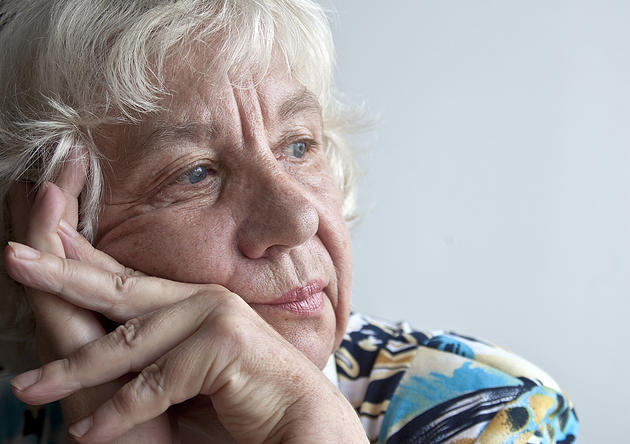
When people look into statistics regarding problems of abuse, they tend to look no further than people under 50. The trouble with that is the fact that many older people suffer significant hardships at a significantly higher rate than many other social groups. While overlooking these facts may allow many the comfort of not having to pay attention to these issues, it does absolutely nothing to serve the people who are being affected by injustice and a society that would not like to acknowledge their plight.
As the aging population continues to rise and is estimated to make up nearly one in five people by 2050, elder abuse is becoming a much more pertinent and urgent problem to tackle. It is also important to determine not only who are likely abusers but also to determine what events trigger elder abuse so that it might be able to be stopped or slowed in the future.
The Reality of Abuse
Every so often, a news report will come to the forefront that targets the scourge of elder abuse but it is often quickly swept under the rug for various reasons. The fact of the matter is that many studies have stated nearly 10% of elders experience some form of elder abuse. This abuse can take many forms including:
- Physical abuse: Abusers may use physical threats and intimidation but it can escalate to violent encounters.
- Emotional abuse: Abusers may engage in humiliating, degrading, or controlling behavior at the expense of the elderly person.
- Sexual abuse: Abusers often will use rape or sexual molestation not for sexual gratification but to exert control over the elderly person.
- Neglect: Abusers may purposefully neglect an elderly person by refusing to help them with necessities such as eating or medications.
- Financial Exploitation: Abusers may use fraud, cohesion, or simple theft in order to gain financially at the expense of the elderly person.
As with many other instances of abuse, elder abuse is usually committed by someone who is put into a position of trust by the elderly person or the family. Unfortunately, it is estimated that only between 4% and 7% of abuse cases are ever reported to authorities and that a large number of people don’t think about financial exploitation when they think of elder abuse.
More often than not, the elderly are targeted for abuse because they fail to report for any number of reasons. They may not have the mental capacity to report, may be seen as an unreliable source of information, may fear continued or increased abuse if they do report, or may even want to avoid getting the abuser in trouble. Unfortunately, many people who work with the elderly population are not trained in how to spot the signs of elder abuse without being told.
The Signs of Elder Abuse
Although the following are signs of elder abuse, they can often be signs of many other things, some of which are completely unrelated to any kind of abuse. This is one of the reasons elder abuse can be so tricky to spot by the untrained eye.
- Elders who are physically abused may exhibit telltale signs of violent contact such as bruises, cuts, scrapes, burns, or broken bones. While bruises and broken bones may be the signs of physical abuse, they are also commonly associated with other medical issues such as taking blood thinners or developing osteoporosis.
- Elders who abruptly have changes in behavior, attitudes, or moods may possibly be the victims of emotional abuse, though this is not always the case. Sometimes this is a sign of developing dementia.
- Elders who have a rapidly changing financial status are likely victims of financial exploitation.
- Elders who are being cared for, whether in a nursing home or by an in home caregiver, who suddenly exhibit poor hygiene, bedsores, weight loss, or medical problems relating to a condition that was once in control may be victims of neglect.
Results of Elder Abuse
Elder abuse has extremely significant and long-lasting effects. In some studies, it has been shown that elders who were abused are nearly three times as likely to die as those who were not abused. This can be explained by the fact that those who are physically abused or neglected may have developed or increased the prevalence of chronic, debilitating conditions that were otherwise nonexistent or under control. The higher rate of death may also come from solely emotional abuse as well as emotional abuse may cause significant depression, anxiety, and a host of other psychological problems. These problems may trigger very real and significant physical problems such as high blood pressure, heart problems, nausea, tremors, respiratory problems, or chronic pain. The withdrawal caused by emotional and physical abuse may also be a leading factor in accelerated dementia among the elderly.